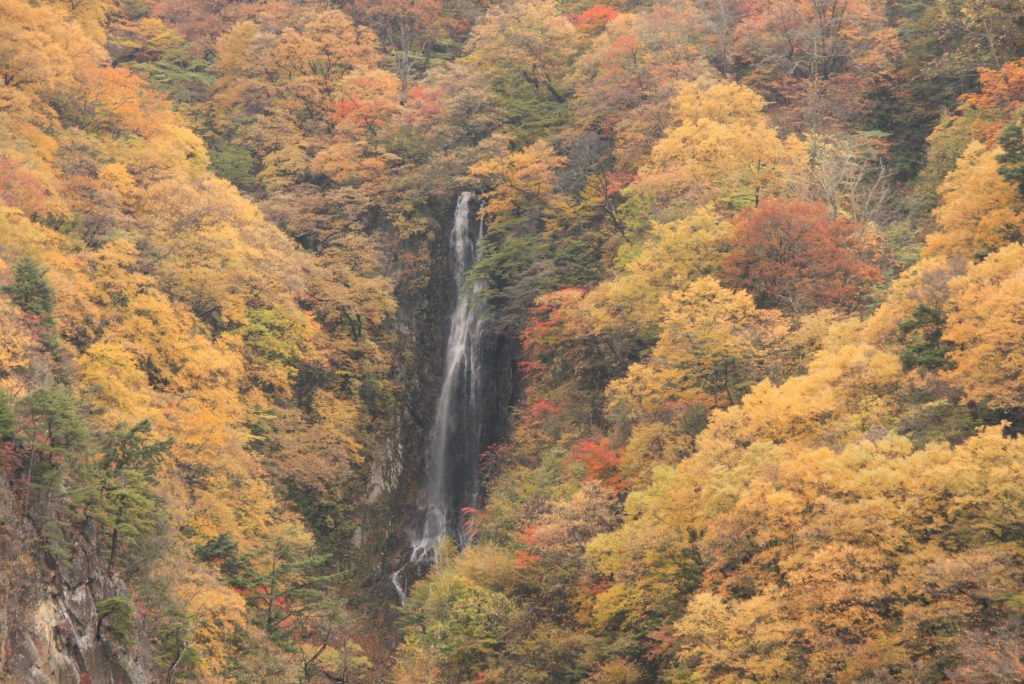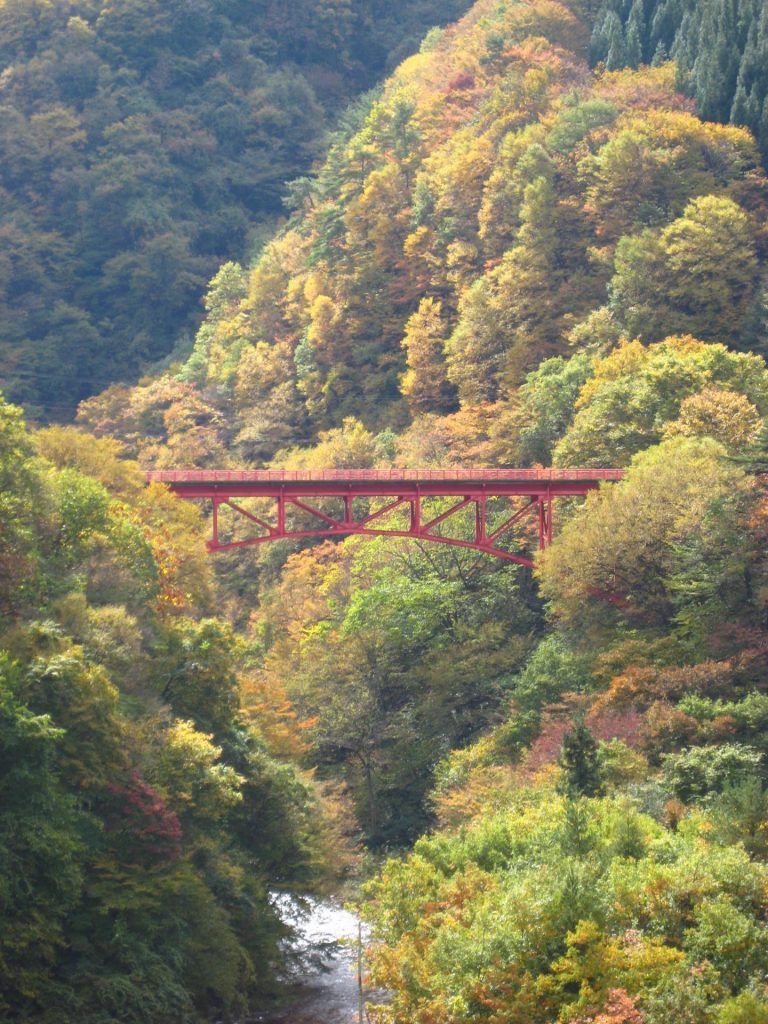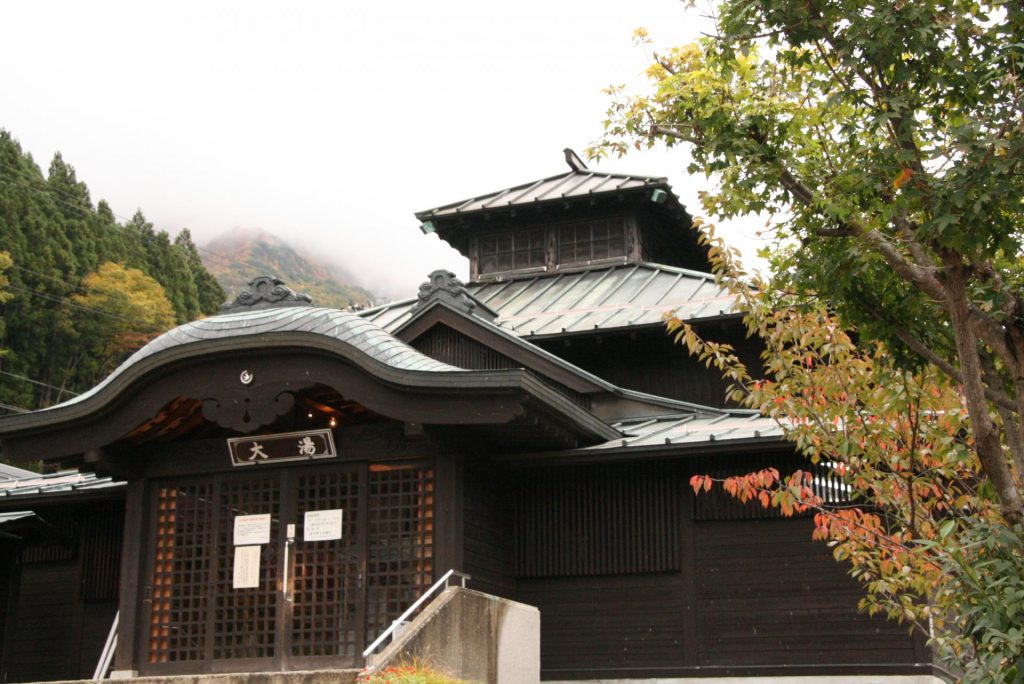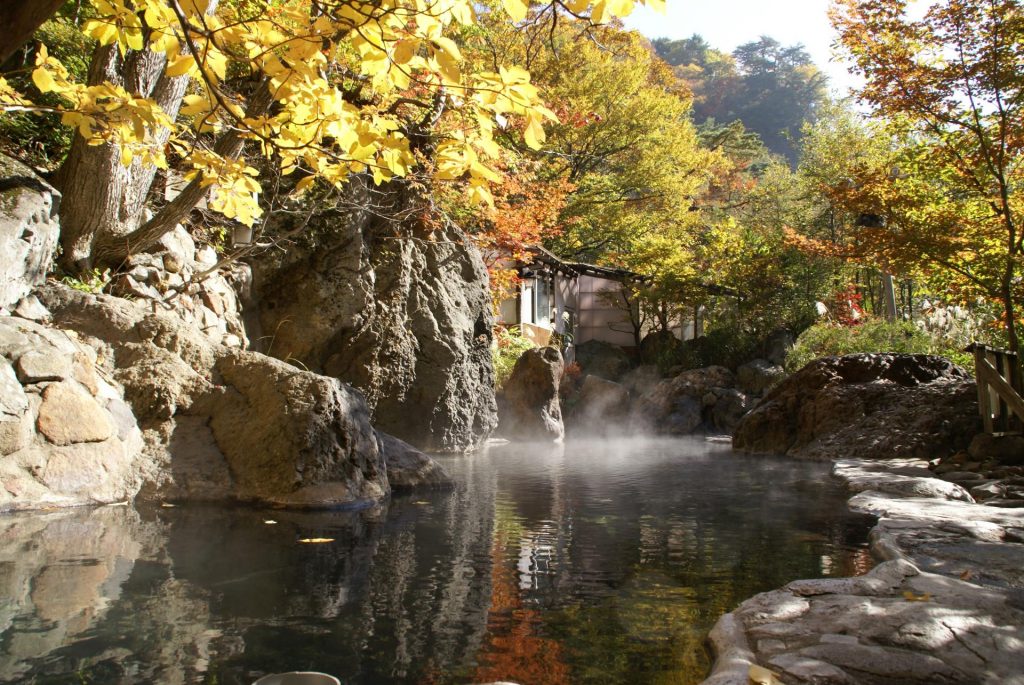Where are the most beautiful villages in Japan? The Naked Stranger pondered this question when he recently picked up a pamphlet at the Jigokudani Monkey Park in Nagano titled, “The Most Beautiful Villages in Japan.”
The authors have expertly and scientifically selected the 39 most beautiful villages in Japan. From number one, Biei-cho village in Hokkaido to 39, Taramason Village in Okinawa. The village of Takayama, not far from the famous snow monkey park, came in at No. 36.
So, what makes one village in Japan more beautiful than another? The Naked Stranger visited Yamada Onsen in Takayama Village to get to the bottom of it. The investigation uncovered the Naked Stranger’s 10-Step Program for becoming one of the 39 most beautiful villages in Japan.

Foot baths. If you can put your feet in warm water without having to take off your pants, you are obviously in a beautiful place.
Hand-feed wild animals. If there is a monkey, bear or deer wandering around that has not yet been shot by a local farmer, you must be in a beautiful place.
Red bridges. If your village has a red bridge over a rippling brook, odds are it’s a beautiful place.

Just say no to 7-Eleven or Lawson’s. Yamazaki stores or other more obscure convenience store chains are acceptable, however.
Pickles. Regardless of how they taste, old ladies in your village must make some rare form of pickled vegetable for your village to be beautiful. Free samples of this rare, yet unappetizing, pickle should be offered with tea to tourists.
Thatched roofs. You must have at least one large wooden building with a thatched roof. If a famous artist or writer from the 19th century ever visited that old building, you can additionally charge people an admission fee to go inside.
A view Mt. Fuji is helpful to be a beautiful village. If you cannot see Mt. Fuji, at least have a poster of Mt. Fuji on the wall in your local noodle shop.
Festivals with an element of danger can help. The involvement of fire or rolling logs will only increase the chances your village will be accepted to the list.
Access to your village should only be via a narrow, winding road frequented only by old men driving very slow K-trucks or oversized, fast moving tour buses.
You must have a good onsen.

Takinoyu Onsen
Yamada Onsen, Takayama Village, Nagano
Rating: ★★★☆☆
Address: Kamitakai-gun, Takayama-mura, Oku-yamada 3681-377
Cost: ¥500 (adults)
Tel: (0262) 42-2212
Web: takinoyu.jp
The Upside: This hot spring has an amazing konyoku onsen (mixed bath) outside on the side of a narrow river gorge. The scenery is spectacular and particularly beautiful in autumn.
The Downside: The bath is down a steep path, so access may be difficult for older people or those with disabilities. The inside bath and other facilities are quite basic. This place is all about the rotenburo (outdoor bath).
- The Bare Facts:
Takinoyu is on the edge of the Joshinetsu National Park. - Yamada Onsen was a very busy place back in the Edo Period but fell into disuse. It was rediscovered as a hot spring town in the 1960s.
- The legendary Sengoku Era samurai, Takeda Shingen, allegedly used this as a secret bathing place, safe from would-be assassins.
- It is a kakenagashi-style hot spring where the water comes straight from the ground at a hot 46 C degrees.
- The onsen contains calcium, naturium and sulphur-based water said to be good for nervous conditions, muscle pain, joint pain and skin allergies.
Accommodation: Prices start at ¥8,400 per person.
Food: Soft-boiled eggs in the onsen water (onsen tamago) and mountain vegetables (sansei).
Nearby Attractions: Jigokudani Monkey Park, Yamaboku Wild Snow Park, Joshinetsu National Park, historic Obuse Town and Shiga Kogen resort area.
Access: (By Car) Take the Joshinetsu Expressway to Suzaka-Nagano Higashi I.C. Yamada Onsen is about 40 minutes from Suzaka Town. It takes approximately two-and-a-half hours to drive from Tokyo to Suzaka.






